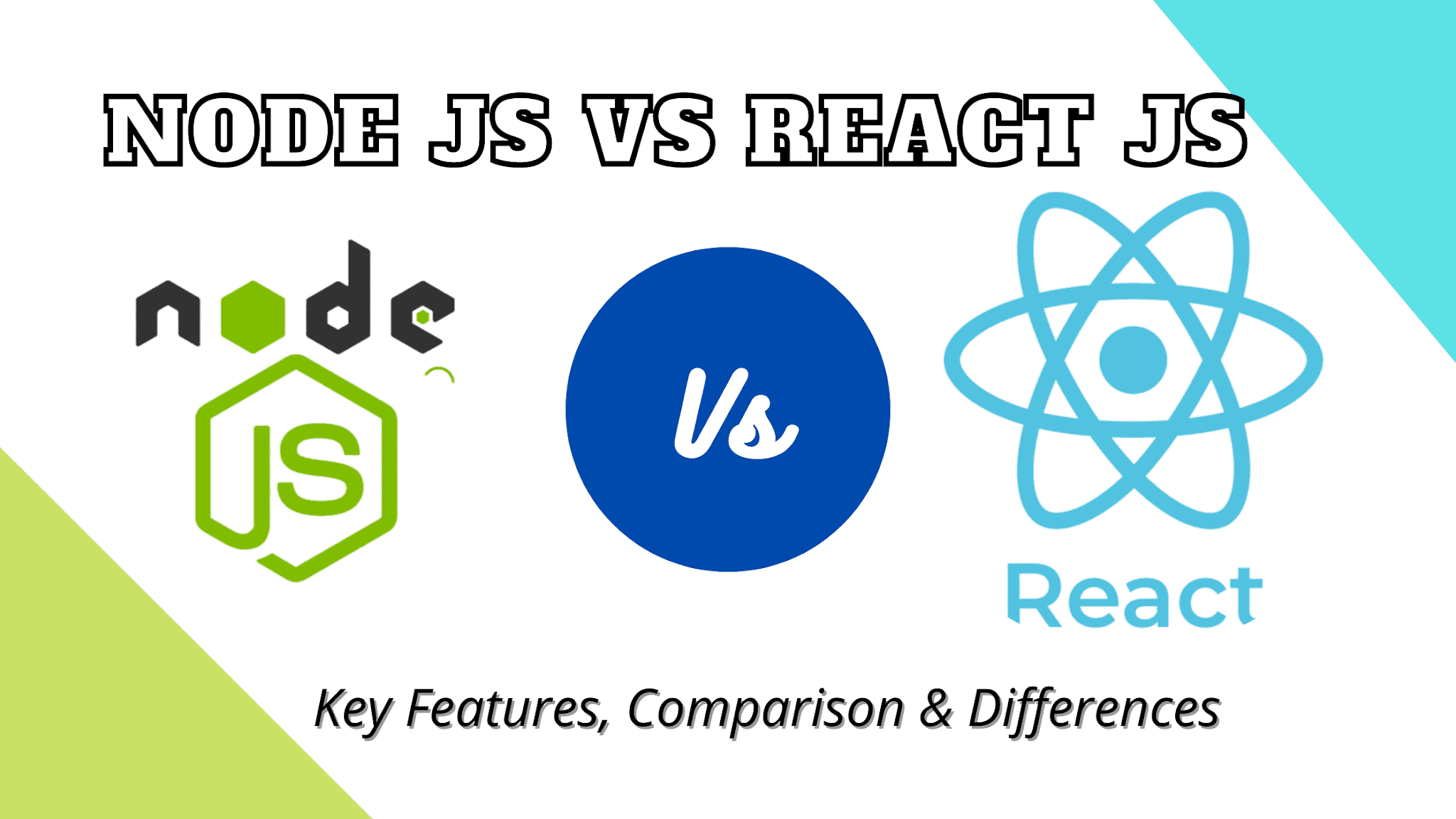
In the ever-evolving landscape of web development, two technologies have emerged as
frontrunners: Node js vs React js. Both are powerful tools that serve different purposes
and cater to distinct aspects of the development process. This article delves deep into the
comparison of Node js vs React js, highlighting their features, use cases, and benefits to
help you make an informed decision for your next project.
Understanding Node.js
What is Node.js?
Node.js is an open-source, cross-platform JavaScript runtime environment that executes
JavaScript code outside of a web browser. Developed by Ryan Dahl in 2009, it allows
developers to use JavaScript to write server-side scripts, producing dynamic web page
content before the page is sent to the user's web browser. This approach unifies web
application development around a single programming language, JavaScript.
Key Features of Node.js
1. Asynchronous and Event-Driven: Node.js uses an event-driven, non-blocking I/O
model that makes it lightweight and efficient. This design allows for handling
multiple operations concurrently, which is ideal for real-time applications.
2. Fast Execution: Built on Google Chrome's V8 JavaScript engine, Node.js compiles
JavaScript directly to native machine code, enhancing the speed of execution.
3. NPM (Node Package Manager): Node.js comes with a robust package manager,
NPM, which hosts thousands of free libraries that can be reused in your projects,
speeding up development.
4. Scalability: Node.js is designed for scalability. It uses a single-threaded model with
event looping, enabling it to handle multiple connections simultaneously.
Use Cases of Node.js
Node.js excels in building server-side applications, including but not limited to:
• Real-time Web Applications: Such as chat applications and online gaming.
• APIs: RESTful APIs and GraphQL APIs.
• Data Streaming Applications: Like Netflix.
• Microservices: For building modular, loosely coupled services.
Understanding React.js
What is React.js?
React.js is a JavaScript library for building user interfaces, particularly single-page
applications where you need a fast, interactive user experience. Developed and
maintained by Facebook, React allows developers to create large web applications that
can update and render efficiently in response to data changes.
Key Features of React.js
5. Component-Based Architecture: React.js builds UIs using components, which are
reusable and can manage their own state. This modularity makes it easier to
maintain and scale applications.
6. Virtual DOM: React uses a virtual DOM to optimize performance. When the state of
an object changes, React updates the virtual DOM, then efficiently updates the real
DOM to match.
7. JSX (JavaScript XML): JSX is a syntax extension that makes writing React
components easier by allowing HTML to be written within JavaScript code.
8. One-Way Data Binding: React enforces a unidirectional data flow, making it easier
to debug and understand how data moves through your application.
Use Cases of React.js
React.js is ideal for:
• Single-Page Applications (SPAs): Applications that need fast and dynamic user
interfaces.
• Mobile Applications: Using React Native, a framework for building native apps.
• Dynamic Web Applications: Where content needs to change dynamically without
reloading the page.
• Dashboard and Data Visualization Tools: Due to its efficient state management.
Node.js vs React.js: Head-to-Head Comparison
Purpose and Scope
• Node.js: Primarily used for server-side scripting and backend development. It
allows you to build scalable network applications quickly.
• React.js: Focuses on building interactive user interfaces for the frontend. It’s
particularly powerful for SPAs where performance and dynamic content are critical.
Learning Curve
• Node.js: Easier for developers who are already familiar with JavaScript and
asynchronous programming.
• React.js: Requires understanding of JSX, component lifecycle, and state
management, which might be challenging for beginners.
Performance
• Node.js: High performance due to its non-blocking I/O operations and event-driven
architecture. Suitable for I/O-heavy applications.
• React.js: Offers excellent performance on the client side thanks to the virtual DOM
and efficient rendering.
Community and Ecosystem
• Node.js: Boasts a large and active community with a plethora of available modules
via NPM. Regular updates and improvements make it a reliable choice for backend
development.
• React.js: Supported by Facebook and a large developer community, ensuring
constant enhancements and a vast array of third-party libraries.
Scalability
• Node.js: Ideal for scalable network applications and microservices architecture
due to its event-driven model.
• React.js: Highly scalable for large applications thanks to its component-based
architecture and reusable components.
Development Speed
• Node.js: Speeds up backend development with its extensive library support and
asynchronous capabilities.
• React.js: Accelerates frontend development with reusable components, reducing
the time required to build complex UIs.
Choosing Between Node js vs React js
When deciding between Node js vs React js, it’s essential to consider the nature of your
project:
• For Backend Development: Node.js is the go-to choice for developing scalable and
high-performance server-side applications.
• For Frontend Development: React.js excels in creating dynamic and responsive
user interfaces, making it perfect for SPAs and mobile apps.
In many cases, developers use both technologies together: Node.js for the backend and
React.js for the frontend, leveraging the strengths of both tools to create full-stack
JavaScript applications.
Conclusion
Both Node js vs React js are powerful tools in the web development ecosystem, each with
its own set of features, advantages, and ideal use cases. By understanding their
differences and strengths, you can choose the right technology for your project, ensuring a
robust and efficient development process.
For a deeper dive into how these technologies can boost your web development
capabilities, you can explore more on our website